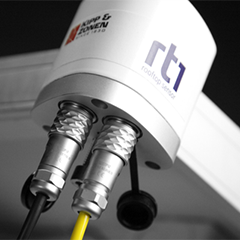Xander van Mechelen, CTO of Kipp & Zonen, dropped in to tell PES about the DustIQ, the simple missing link in a mature solar energy industry. It has been quite a year and 2018 is also full of promise.
PES: We are pleased to welcome you back to PES Solar/PV magazine. For our new readers would you like to begin by explaining a little about the background of your organisation and how you currently serve the solar/PV industry?
Xander van Mechelen: Kipp & Zonen is an instrument manufacturer founded in 1830 and in the last few decades the business and R&D have mainly focused on meteorological instruments, based on the measurement of solar radiation.
In recent years solar energy has become a significant market for Kipp & Zonen; initially with traditional ‘passive’ analogue pyranometers and later we set the standard for digital, smart instruments.
PES: We have been reading and hearing about your new DustIQ. Could you explain to us what it is? What motivated Kipp & Zonen to develop such a project?
XvM: Sometimes it happens that in large industries like solar power there is still an opportunity to develop an instrument that is not there, but for which there is a need. This is extremely exciting. It all started in 2015, when Kipp & Zonen felt the urge not to sell only solar radiation sensors, but to understand the exact needs of solar energy customers.
The need for DustIQ struck at a very specific moment in 2015, while talking to Xavier Daval, CEO-President of kiloWattsol. He told us that we have undisputedly the best instruments, but these instruments are mostly ‘laboratory’ instruments. He then took his phone out of his pocket to show us all kinds of pictures of badly installed instruments and soiled pyranometers. We also saw photos showing solar plants with soiled PV modules.
It was at that moment that I realised the solar industry was reaching maturity and needed to add cleaning maintenance. So the concept of DustIQ was born and we took on the technical challenge to make it happen.




























